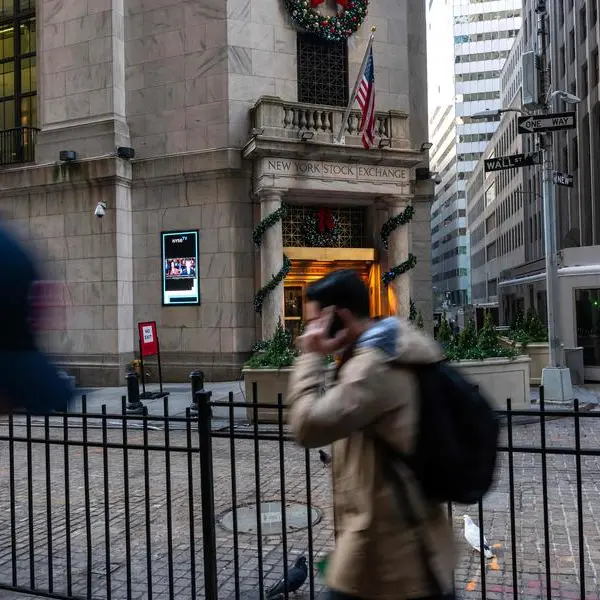PHOTO
U.S. banks have boosted their provisions for credit losses as deteriorating commercial real estate (CRE) loans and high interest rates fuel fears of defaults, the regional lenders' second-quarter results show.
Some, such as M&T Bank, are also gradually reducing their exposure to the troubled CRE sector and repositioning their balance sheets to focus on commercial and industrial lending and build capital.
Office loans have been hit the hardest over the past 12 months as buildings remain vacant due to the post-pandemic adoption of remote working models.
The shift has hurt landlords who have been unable to pay back mortgages, while options to refinance the properties have been constrained by higher rates.
BankUnited, which according to data from S&P Market Intelligence, had one of the largest CRE exposures by loan volume, revealed office loans accounted for 30% of its total CRE loan book.
Office portfolio allowance for credit losses climbed to 2.47% at the bank as of June 30, compared to 2.26% at the end of the first quarter, and just 1.18% at the close of 2023.
Meanwhile, multi-family commercial loan portfolios - most of which are made by smaller U.S. lenders - have also shown signs of strain in major markets such as New York and Florida due to rent control regulations.
"As is common industry practice after a time of extended elevated interest rates, some cracks are beginning to show," said Jeff Holzmann, COO at RREAF Holdings, a real estate investment firm with over $5 billion in assets under management.
"The reason for the delayed response is the fact that lenders demand interest reserves that can run out after some time. But as time goes by, reserves are depleted and options run out resulting in lenders having to write down, or write off some loans or positions,"
At KeyCorp, net-charge offs to average loans for CRE rose to 0.21% in the second quarter, from 0.14% in the previous quarter. Non-performing office loans at the bank increased to 5.5% from 5.2% over the same period.
Bank OZK raised its total allowance for credit losses to $574.1 million in the second quarter, compared with $426.8 million in the year-ago period. Net charge-offs, or debt unlikely to be recovered, rose to $11.8 million from $8.7 million over the same period.
"It's imperative that banks have rigorously scrutinized their CRE portfolios, clearly communicated the specific areas of exposure and their multi-scenario strategies for mitigating these risk," said Blake Coules, CRE industry practice lead, Moody's.
"Detailed analyses should go beyond broad asset classes or geographic locations — such generalities may suggest a bank hasn't fully risen to the challenge," he added.
NO PANIC SELLING
Earnings reports so far this week show lenders are not aggressively selling down their CRE loans and are allowing them to run off the balance sheet naturally instead.
Some had expected regional banks to dump their toxic assets in distress sales, triggered by the panic sparked by New York Community Bancorp's troubles earlier this year.
"I think loan sales are possible. But flooding the market with supply is not necessarily what's going to happen," said KBW analyst Chris McGratty.
Banks might also wait for the Federal Reserve to cut interest rates, widely expected later this year, before putting their loan books up for sale. The cuts could help them fetch higher prices for those assets.
Fed Chair Jerome Powell said earlier this month that CRE risks will be with banks for years, and regulators were in touch with smaller banks to ensure they are able to manage them.
"The sky is not falling when it comes to CRE loans," Washington Federal CEO Brent Beardall said in a statement last month, when the bank sold $2.8 billion multi-family loans without incurring a loss.
Regions Financial also said it expects stress in multi-family portfolios to be temporary in nature. Fifth Third said it was not pursuing new office CRE originations.
Meanwhile, NYCB and smaller rival First Foundation will likely see heightened investor scrutiny of their loan books when they report second-quarter results next week, after turmoil tied to CRE exposures this year.
"I think that will be very telling, especially for some of the banks that have exposure to rent stabilized multi-family and the performance issues we've seen there," said Stephen Buschbom, research director at data provider Trepp.
(Reporting by Manya Saini and Niket Nishant in Bengaluru and Matt Tracy in Washington; Editing by Sriraj Kalluvila)























